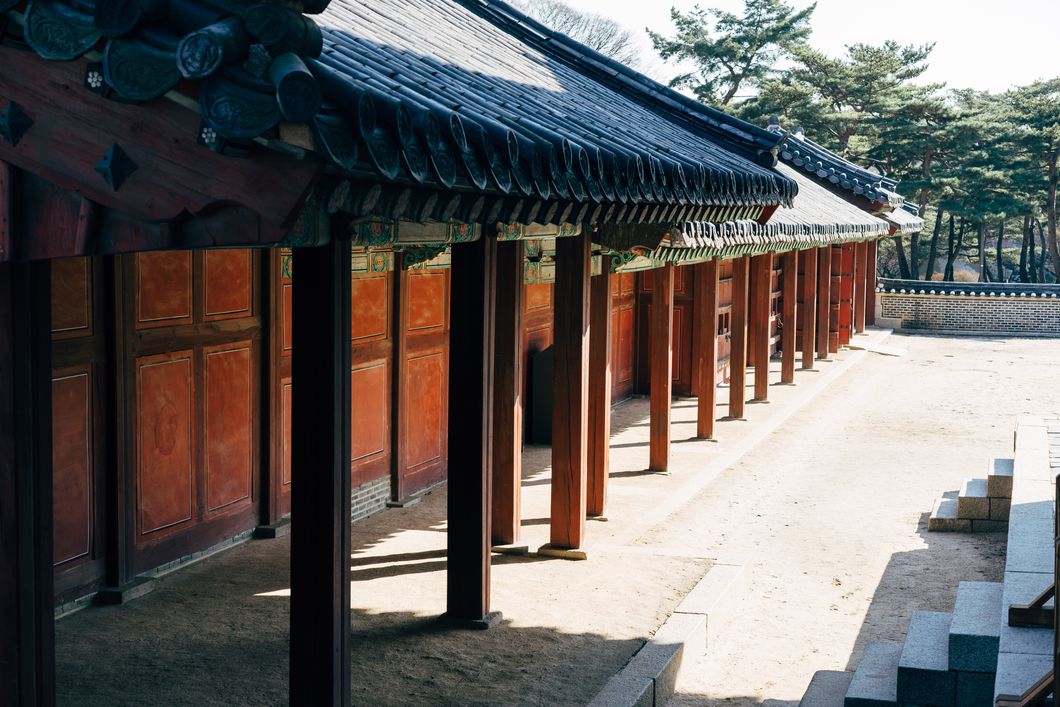Do you ever feel the similarities and differences in your national traditions at the same time? I ask this question because I do, and it affects me from my youth.
I was born in the Canton of China, and spent most of my time living there when I was growing up. Canton is an old city, especially the area I lived in which has a long history that could be traced back to thousands of years ago. Recently, when I was reminded in one of my courses this semester, asking me to think about my cultural icon, I noticed there are some changes in the traditions in the past few years, although some of the customs are still the same. I would like to share with you guys about The Great Four of Buddhist Temples in Canton, China. My city is not the origin of Buddhism; However, the ancestors brought it from Southeast Asia, and it began to be popular as a religion in China thousands years ago. It is not only a custom in my community, but also a heritage from ancient China.
Guangxiao Temple
The Guangxiao Temple is the oddest one in The Great Four of Buddhist Temples, which was built in the Tang Dynasty - more than two thousands years from now. Its main hall in the center of the temple is well-known for its beautiful and classic Tang building style. It is only a five-minute walk from my home, so my family usually goes there to worship. However, my family is not the Buddhist monk - to be honest - including a lot of people in the community, they just go there for praying and blessing, especially on the first day of New Year, and other traditional festivals, such as the Ghost Festival which just happened recently. Right now, since the Guangxiao Temple becomes one of the attractions in Canton, it is open for everyone coming to visit; it is not only the traditional Buddhist Temple, but also a popular place for people to place their wishes.
Liurong Temple
The second one I want to talk about is also near my home, called Liurong Temple. It is smaller than the Guanghao Temple, but it still has its specials. In general, every Buddhist Temple has a Buddha Sarira, which is usually ensconced in the main Buddihist Hall. However, the Buddha Sarira of the Liurong Temple was ensconced at the bottom of a tower thousands of years ago. The tower has multiple storeys in the shape of Lotus, so-called the Lotus Tower. Even though the Lotus Tower is not in the center of the temple, it is a crucial spot, which attracts people to pray. In recent years, people have stopped doing this and begin to throw coins into the storeys of the tower. The higher storey people can throw in, meaning that the closer to approach their wishes. The thing that does not change is the name of the temple, and the district near the temple is also called Liurong. It was given by a famous poet in Tang Dynasty, and the plague written by the poet is still on the top of the gate.
Hualin
Another temple is the head of The Great Four of Buddhist Temples - Hualin Temple. It is not the one I usually go to, but my grandmother likes going there. It is famous for its five hundreds of arhat statues, although some of them were destroyed or lost. Instead of praying in front of the arhat statues, people usually go there for visiting. Tracing back thousands years ago, when Marco Polo travelled in China, he had visited the Hualin Temple - which was recorded in The Travels of Marco Polo, and someone sculpted a statue for him placing in the hall. However, the statue of Marco Polo was lost in the chaotic period in history.
Hoitong Temple
The last temple was built in the Qing Dynasty, which is named Hoitong Temple. Not like the temples above, there are lots of buildings destroyed in the wars in the past hundreds years. There is a story saying that it was a cemetery in the ancient, and the rich bought it as a private garden; After the rich died, a monk placed a Buddha Sarira there, then it became a Buddhist Temple. I think it kind of inherits the tradition: the cemetery we talk about in the Hualin Temple is not like the usual type - which is buried in the earth, it is a Buddhist hall containing the urn boxes on the shelves. Some of my ancestors rest there. In the New Year, when my family goes out and meets our relatives, the first thing, instead of having a big meal, we always meet together and go to the temple for visiting.
Some traditional buildings, like The Great Four of Buddhist Temples, and traditions are luckily saved today, based on the more open community, they may keep the original customs, or they have some changes for modern people. Whatever which one, they are both meaningful for me, and I am happy to find out the similarities and differences of them. What is your cultural icon, and what similarities and differences do you find out?
















